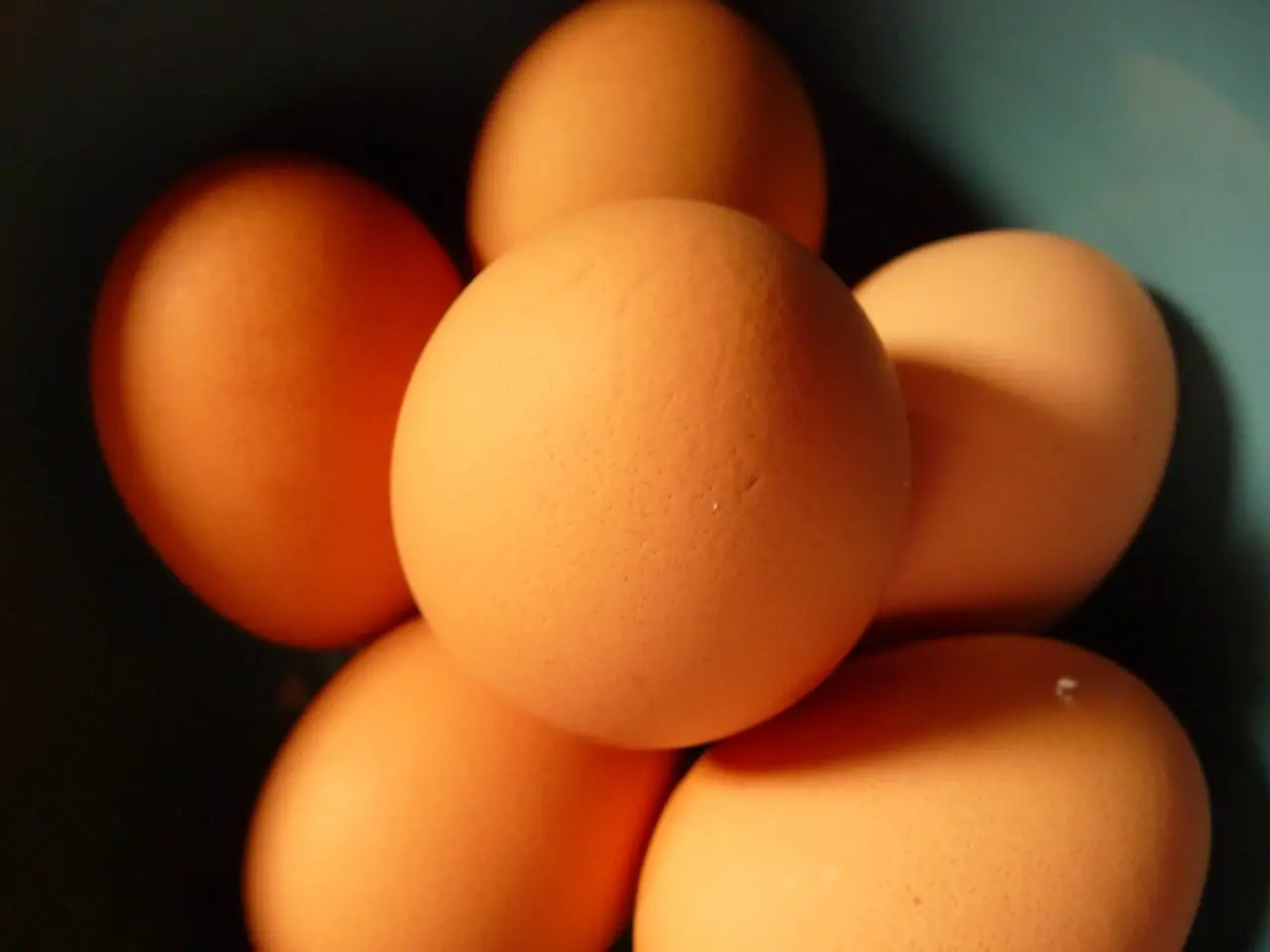Top-Performing Lice Remedies for Children: A Comparative Guide
In the battle against head lice, parents and caregivers often find themselves grappling with resistant strains, making traditional treatments less effective. However, there are alternatives endorsed by pediatric experts and FDA-approved guidelines that offer hope.
For pyrethroid-resistant lice infestations, ivermectin lotion and Natroba (spinosad) stand out as the most effective and safe options. Ivermectin lotion, such as RID One & Done, is an over-the-counter, prescription-strength treatment that kills lice and non-viable eggs in a single 10-minute application. It is safe for children 6 months and older and is recommended by the American Academy of Pediatrics (AAP) for treating pyrethroid-resistant "super lice."
Natroba, an FDA-approved topical treatment for head lice in children aged 4 and older, is another effective option. It requires a single application and has a favourable safety profile without neurotoxicity concerns associated with older agents. Natroba is prescription-only and is used particularly when resistance to pyrethroid and other common treatments is present.
Other prescription treatments such as benzyl alcohol, malathion, and lindane are also available, but ivermectin and spinosad are currently preferred due to their efficacy and safety in resistant cases.
When choosing a pyrethroid shampoo, considering other ingredients and hair care regimen may help. Permethrin 1%, present in a shampoo product called Nix, kills lice but not eggs, requiring a retreatment 9 days later.
For children over the age of 6 years, malathion is a safe prescription drug option. For children more than 6 months old but younger than 6 years with resistance to pyrethroids, ivermectin lotion, spinosad lotion, or benzyl alcohol lotion may be useful.
Home remedies such as dimethicone, petrolatum, and Cetaphil may be used, but they are less effective and not approved by the AAP for lice treatment. Manually removing eggs by combing them out of the hair can reduce the chances of recurrence.
It's important to note that all FDA-approved treatments are generally safe, but if a child experiences a rash or burning, it is important to remove the treatment and try a different option. Treating lice requires killing the insects and removing their eggs, as eggs that remain may hatch, resulting in more lice.
If resistance to both pyrethrins and permethrin is present in the community, the AAP recommends manual removal of lice and eggs with a comb for babies younger than 6 months old. For older children, it is best to begin with pyrethroids if there is no confirmed or suspected pyrethroid resistance in the community.
If a child has a known allergy to common lice treatments, ragweed, or chrysanthemums, if a child develops an allergic reaction to lice shampoo, if a child appears to have a reaction to lice, such as red skin, a rash, or sores from scratching the head, or if a child has itchy skin but no visible signs of lice, it is important to contact a doctor.
Resistance to both pyrethrins and permethrin is possible, but data on how common it is is not available. If the first prescription drug does not work, the AAP advises using a different age-appropriate prescription remedy. It is best for parents or caregivers with questions about treating lice or lice-related reactions to contact a pediatrician.
The Food and Drug Administration (FDA) has approved two drugs for over-the-counter (OTC) lice treatment: pyrethrins and permethrin. However, for resistant cases, it is crucial to explore alternatives such as ivermectin lotion and Natroba (spinosad).





